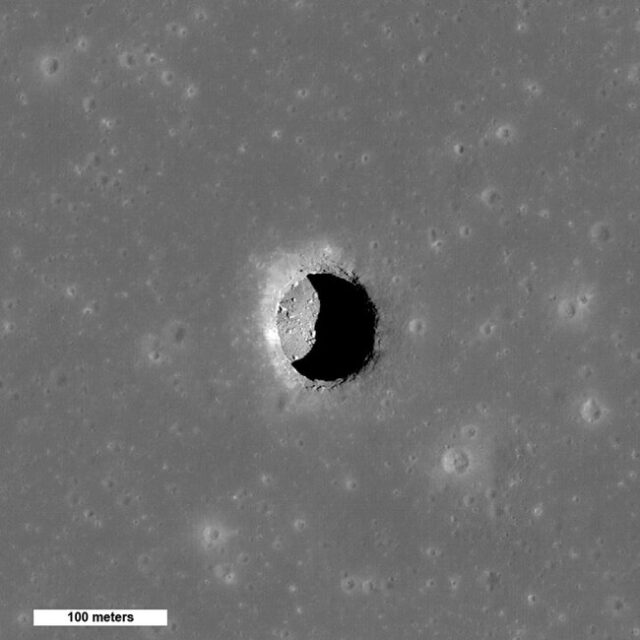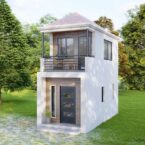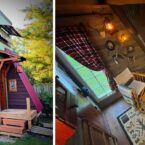
The Moon, despite its striking beauty, presents an incredibly hostile environment for human habitation. Temperatures at the lunar equator swing drastically, from scorching highs of 250°F (121°C) during the day to bone-chilling lows of -208°F (-133°C) at night. This extreme temperature variation and the constant threat of micrometeorites and intense radiation have made prolonged human presence on the Moon seem unfeasible. However, a breakthrough study published in Nature has confirmed the existence of a lunar cave, sparking new hope for sustainable lunar missions. Identified using data from NASA’s Lunar Reconnaissance Orbiter (LRO), this cave in the Sea of Tranquility could serve as a vital base camp for astronauts. The LRO, launched in 2009, initially found evidence of deep lunar pits in 2010, and recent reanalysis using advanced signal processing has confirmed one of these pits as an entrance to a significant cave system.

The detailed radar imaging revealed that the pit, which is 300 feet wide, opens into a cave extending the length of 14 tennis courts and 130 feet wide. However, accessing this cave poses considerable challenges due to its nearly vertical descent and substantial depth. The west side of the cave entrance plunges 410 feet below the surface, with the east side even deeper at 443 feet. Robert Wagner from Arizona State University’s School of Earth and Space Exploration highlighted the complexity of navigating the steep, debris-covered slopes of the cave entrance, which would require substantial infrastructure to ensure safe entry and exit. Despite these challenges, scientists are optimistic, hoping this discovery is just the beginning, with the LRO having identified over 200 potential lunar pits. These caves, likely formed from ancient volcanic lava tubes, could provide crucial shelter and possibly contain ice, offering a valuable water source. As study author Leonardo Carrer points out, humanity’s history with caves on Earth suggests that these lunar caves could become essential habitats for future moon missions, echoing our evolutionary past.

















